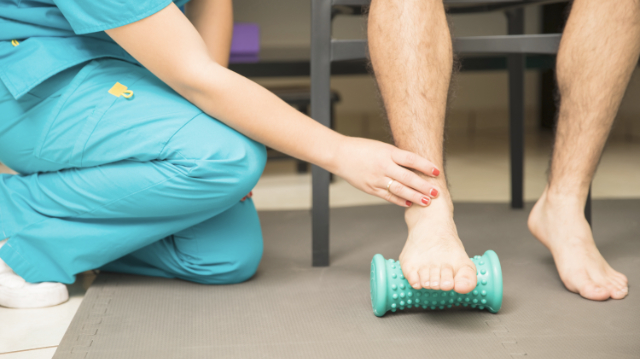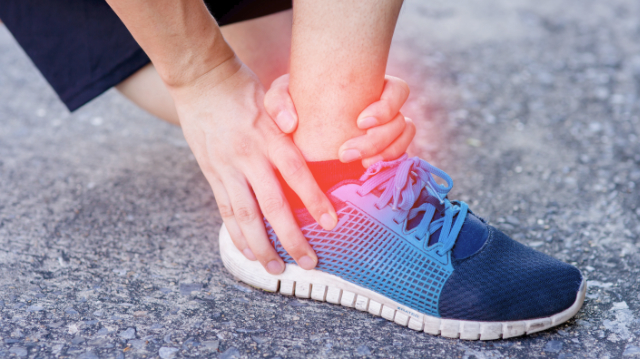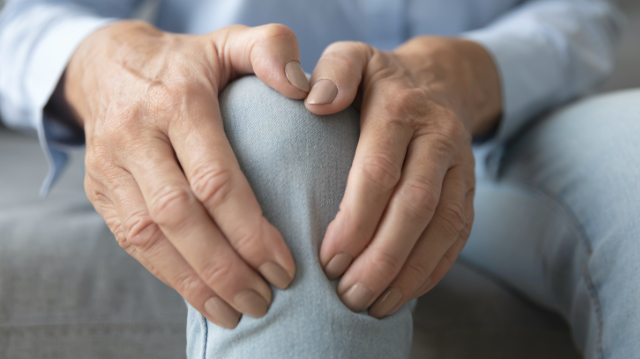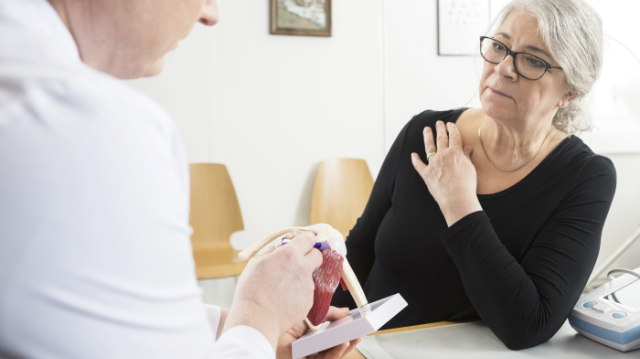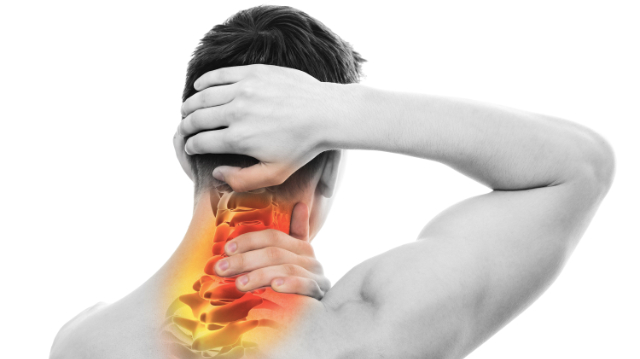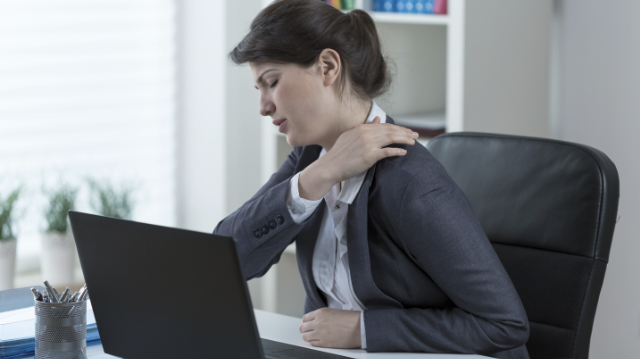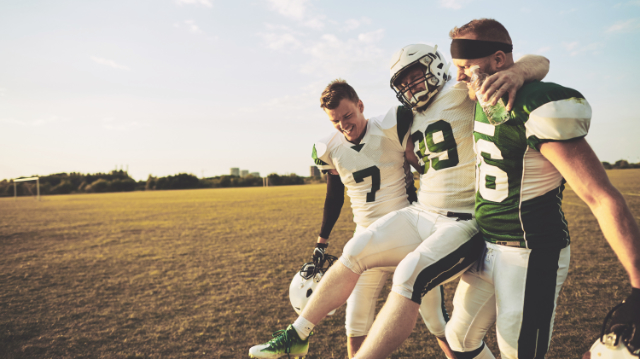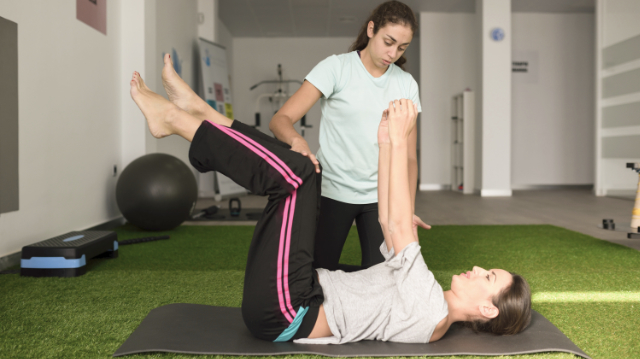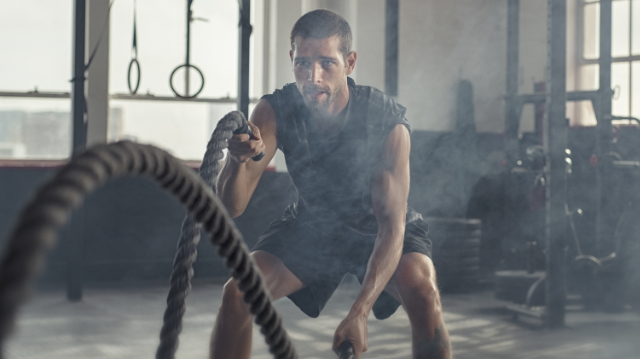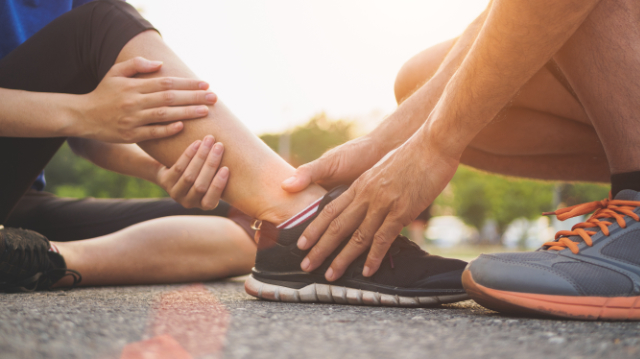
Whether you spend most of your day sitting at a desk or on your feet, and whether youâre extremely active or you rarely exercise, your feet and ankles may hurt for various reasons. These structures are built for durability to withstand the weight of your entire body, but as with all other structures, they have limits. When pushed beyond this threshold, pain will often develop in the foot or ankle, either immediately or over time.
But if you injure your foot or ankle or start noticing pain in those regions, it might be difficult to determine if you should seek out treatment or wait it out. You may also be aware that physical therapy is an available option for some painful conditions, but not know if itâs right for yours. Below, we offer some guidance on when itâs appropriate to visit a physical therapist and when you might need to see another healthcare provider.
Understanding which conditions are best suited for physical therapy
If your foot or ankle is bothering you, assessing the answers to a few key questions can help you decide whether you should take action and if a physical therapist is right for you. Among the first questions to ask should be if your pain is a new occurrence or something youâve been dealing with for a long while, as well as how severe your pain is.
For mild pain that you just started noticing, itâs probably safe to wait a short whileâabout a week or soâto see if it resolves on its own. But if youâve recently suffered a traumatic injury thatâs interfering with your ability to get around throughout the day, seeing a physical therapist is usually the right call. One exception is if youâve suffered from a broken bone, which will usually require more immediate medical attention at a doctorâs office. Fractures are considered red flags, which weâll discuss in more detail later in this post.
If youâve been dealing with foot or ankle pain for a long while, particularly pain that gets worse with physical activity, visiting a physical therapist is once again the best choice you can make. Physical therapists are movement experts that can usually make a diagnosis based on a thorough physical examination and detailed interview, and we use this information to develop personalized treatment programs to address any impairments identified.
There are three foot and ankle conditions in particular that are extremely common and respond well to physical therapy: ankle sprains, Achilles tendinitis, and plantar fasciitis. Each of these is described in more detail below:
- Ankle sprain: ankle sprains are the most common sportsârelated injury in both children and adults; this injury typically occurs when an individual twists their ankle or lands awkwardly, which can push ligaments beyond their limits; pain, swelling, tenderness, and difficulty bearing weight are all signs of ankle sprain
- Plantar fasciitis: this condition results from inflammation of the plantar fascia, a thick band of tissue that connects the heel to the toes; when this tissue is overstrained from repeated activityâlike runningâit becomes inflamed, which leads to a stabbing pain near the heel thatâs most noticeable upon waking up; plantar fasciitis is the most common cause of heel pain
- Achilles tendinitis: another overuse injury related to inflammation of the Achilles tendon, which connects the calf muscle to the back of the heel; itâs most common in runners who do lots of speed training, uphill running, or who rapidly increase their training intensity or duration, and it leads to heel pain that usually comes on gradually as a mild ache in the back of the leg or above the heel
Other causes of foot and ankle pain that can effectively be treated with physical therapy include the following:
- Shin splints: a condition that develops when any of the muscles that support the shinbone are overworked, usually from repeated activities; leads to pain in the middle or bottom third of the inside of the shin, which usually gets worse with activity and decreases with rest
- Intrinsic muscle strain: the intrinsic muscles are several smaller muscles located on the bottom of the foot, which support the arch of the foot and are sometimes referred to as the âcoreâ muscles of this area; any of these muscles can become strained from overactivity, which leads to symptoms like those of plantar fasciitis
- Heel bursitis: each heel has a bursa, which is a fluidâfilled sac that cushions and lubricates the tendons and muscles that slide over the bone; this bursa can become inflamed from rapid increasing the intensity of oneâs workout schedule, and the symptoms are often similar to those of Achilles tendinitis
Identifying red flags that suggest the need for other interventions
Although most causes of pain in the foot and ankle can be identified and managed by a physical therapist, there are certain signsâor âred flagsââthat suggest a more serious problem is present that requires further investigation from other healthcare professionals. As we mentioned above, one of these is a foot or ankle fracture, which typically results from a severe injury that may involve high speeds, a fall from a height, or a crushing force. If youâve experienced an injury of this sort thatâs led to severe pain, swelling, and bruising, you should go to the emergency department, urgent care center, or your primary care doctor for more immediate medical attention.
The same goes for any foot or ankle injuries that involve an open wound, particularly if there are signs of infection, such as worsening pain or swelling, redness, or pus. These cases require an evaluation from a primary care doctor or another appropriately trained healthcare provider. Similarly, if a tumor is detected or suspected in the foot or ankleâsuch as chondrosarcoma, the most common cancer in this regionâyou should consult with an oncologist immediately. Other red flags include:
- Extreme bruising, swelling, or throbbing pain
- Inability to bear weight on the foot
- Pins and needles or numbness in both lower legs
- Bowel and bladder dysfunction
- Urinary incontinence
If you notice any of these red flags, see your primary care doctor as soon as possible. However, if you do see a physical therapist, you can take comfort in knowing that he or she is also trained to identify red flags and will direct you to the appropriate healthcare professional when necessary. And after completing treatment for the underlying condition that has been flagged, most patients will still benefit from a course of physical therapy to help them regain their strength, flexibility, balance, and physical function.
In our next post, weâll describe some effective exercises to reduce your risk for foot and ankle pain.
